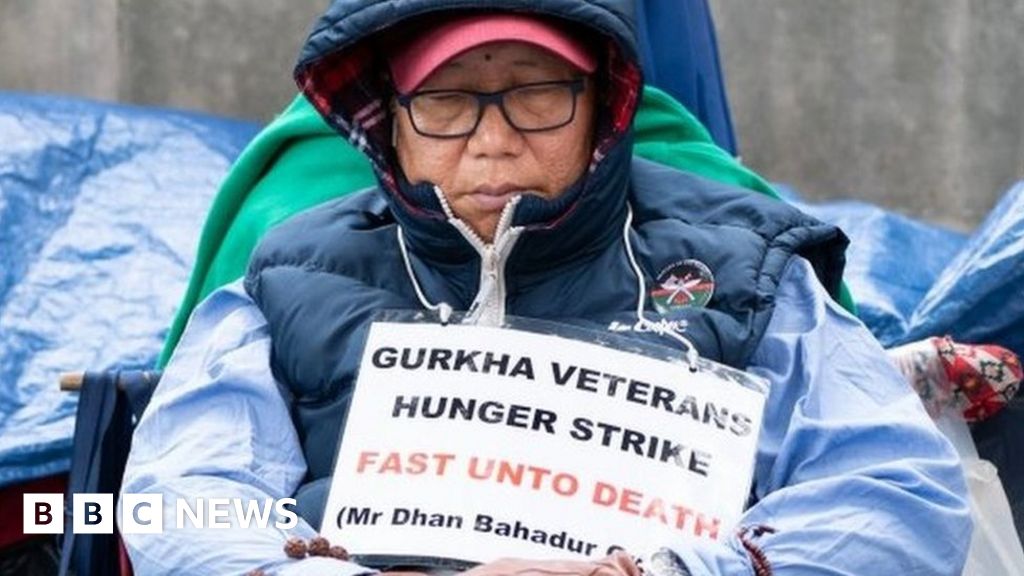- Reaction score
- 10,410
- Points
- 1,160

Afghan commandos could fight for British Army like Gurkhas
Government considering proposals to create brand new regiment consisting of Afghan special forces troops evacuated from Kabul



Afghan commandos could fight for British Army like Gurkhas
Government considering proposals to create brand new regiment consisting of Afghan special forces troops evacuated from Kabulwww.telegraph.co.uk

I think you'd be hard pressed to find anyone that could fight like Gurkhas, to be honest.One problem.... they clearly can't fight like Gurkhas
Another interesting aspect of the British Army during the Nine Years' War was the formation of several regiments composed of Huguenot refugees. That is, the regiments were officered by Huguenots, whereas the rank-and-file were cosmopolitan and polyglot. National identity of a regiment referred usually only to the officers.
Huguenot officers had come to England since the Restoration of 1660, the Earl of Feversham being a famous example. However, it was not until the revocation of the Edict of Nantes by Louis XIV in 1685, that saw considerable migration of Huguenots from France.
Most of the Huguenots seem to have migrated into the Dutch Republic, Brandenburg, Switzerland and England. Because of the sympathetic attitude of James II towards Louis XIV, not many seem to have awarded a commission in the army. Quite the opposite was the case with Huguenots going into the Dutch Republic, and many of these accompanied William of Orange to England in 1688. Some served as volunteers, others held commissions in the regiments of the Anglo-Dutch Brigade and a third category consisted of officers in the Dutch Army.
From this pool of officers four regiments of Huguenots were raised in early 1689. These regiments were to be the first foreign units to be formed and included in the British Army. Of these four regiments, one was a regiments of horse under the Duke of Schomberg, and the other three were regiments of foot. A regiment of dragoons was added in 1695.
After the end of Nine Years' War the debate on which regiments were to be retaining upon the establishments was started. Unfortunately, the outcome was that the establishments, the regiments, should be composed of native soldiers only and meant the dismissal of all foreign regiments. As a results the Huguenot regiments were disbanded in Ireland in March 1699, officers that were naturalized English being placed on half - pay.
The King's American Regiment, also known as the "Associated Refugees", were a Loyalist regiment during the American Revolutionary War.[1]
The King's American Regiment was raised on Staten Island in the Province of New York in December 1776 by Colonel Edmund Fanning as the "Associated Refugees". It served in the 1777 attacks on Fort Clinton and Fort Montgomery, the Southern Campaign 1780–1781, the 1780 Siege of Charleston,[2] the 1781 raids on Newport and Richmond, Virginia, and the 1781 Campaigns in Province of Georgia and East Florida.
The regiment was brought into the American Establishment, on March 7, 1781 and renamed the "4th American Regiment of Foot". The regiment later joined the British Regular Army, on December 25, 1782, possibly as the "110th Regiment of Foot", and was disbanded in British Canada in 1783.

Afghan commandos could fight for British Army like Gurkhas
Government considering proposals to create brand new regiment consisting of Afghan special forces troops evacuated from Kabulwww.telegraph.co.uk

A five-year defence review, published on Monday, confirms the army target size will be cut by 9,500 to 72,500 by 2025, its lowest level since 1714, towards the end of the war of the Spanish succession.
So, which regiment is going to raise its hand and offer to disband one (or more) of its battalions so that an Afghan regiment could be formed. That's obviously the simple solution to finding the PYs to accommodate an unexpected influx of foreigners while the British Army is trying to shed up to 9500 positions by 2025.

UK army, navy and RAF all to be cut back, defence review confirms
Cuts come despite Boris Johnson’s pre-election pledge not to cut armed services ‘in any form’www.theguardian.com
And of course, how well do they drill? Have to keep up standards, wot?
And then there was the King's German Legion.Perhaps the Brigade of Gurkha reference in the article is less historically precise than it could be?
Perhaps the regiments of refugees that have fought under the Union Jack are a better historical analog?
I don't think PYs are the issue because the Brit Army, like ours has recruiting problems and keeping up the numbers. It's entirely a cap badge problem. The Rifles and the Royal Regiment of Scotland have host of battalions - and - dare I say it? - a Guard battalion or two could easily be spared.So, which regiment is going to raise its hand and offer to disband one (or more) of its battalions so that an Afghan regiment could be formed. That's obviously the simple solution to finding the PYs to accommodate an unexpected influx of foreigners while the British Army is trying to shed up to 9500 positions by 2025.
And then there was the King's German Legion.
I don't think PYs are the issue because the Brit Army, like ours has recruiting problems and keeping up the numbers. It's entirely a cap badge problem. The Rifles and the Royal Regiment of Scotland have host of battalions - and - dare I say it? - a Guard battalion or two could easily be spared.


